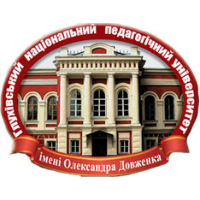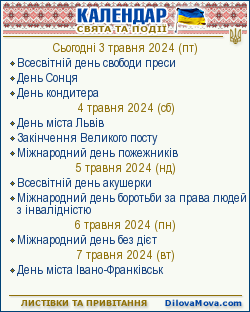Languages
KUROK O. I. Theory and practice of cultivation in the Middle Ages and Early Modern Time.
Question of soil, covering soil evolution, their structure, composition, properties, distribution patterns, and ways of rational use in connection with the formation of fertility are important and cause considerable scientific and practical interest. Soil formed at the intersection of biological, geological, agricultural, ecosocial and other sciences in the second half of XIX - early XX century. But the question of soil in the early stages of scientific research on this issue is not neglected. It is believed that soil science in the empirical stage of development appeared in the world 2-2.5 thousand years ago. This is already the elements of scientific knowledge on certain hypotheses that have applied to the time value.
While in the Middle Ages no written monuments of agricultural labor, some Western leaders believe that even grass weeding appeared at the time, and an Italian agronomist P. Kreschentso about five years ago opposed the three-field system and widely promoted grass cultivation. Kamil Torellou in his work ‘Ricordo d'agriculture’ (1556) developed the doctrine of P. Kreschentso and advocated the variability of grass cultivation. In 1645 Richard Weston introduced the British sowing clover and turnips. Since then, European countries everywhere began to return to grass and fertilizers without providing leading role tillage. The interest in agricultural issues is not limited to the use of mechanical methods inherited from ancestors and supplemented finding new ways that manifested as a diligent copying agronomic treatises of antiquity, and in the detailed attention to specific farms to make them exemplary.
Until now dominated deep-processing system that caused no objections. However, long guns were primitive plow and hoe during centuries not improved. Since the sixteenth century, researchers are beginning to study the issue of grass cultivation.
The Middle Ages were confirmed on the background of the destruction of the Western Roman Empire and the formation of the barbarian kingdoms. "Barbarism" of Europe has led to the degradation of agronomic culture. As an exception, we can recall the achievements Visigothic Bishop Isidore of Seville, which was based on the ancient heritage. The chapter house era of Charlemagne suggests that in France an important branch of agriculture was animal husbandry. Labor era Carolingian Renaissance and the "conversation" English bishop Ælfric (X c.) Reflect the superficial character of agronomic knowledge in the early Middle Ages. The X - XIII centuries in Western Europe originate agrarian revolution (approval of three-field system), urbanization, increased international trade and intellectual revolution, which was reinforced by the formation of a network of schools and universities. It was in the XIII century there is a Renaissance of the ancient literary genre - the treatise. It should be noted the work of Walter Henley's "A Treatise on the economy", dedicated to the terms and plowing technology. In turn, the work of Albert the Great "About plants" includes a first attempt at a theoretical understanding of the process of plowing. In early modern plowing technology is losing its relevance. Most scientists are beginning to develop grass cultivation problem.
Keywords: farming, plowing, three-field system, plow, blade, grass cultivation.
- 1090 reads





